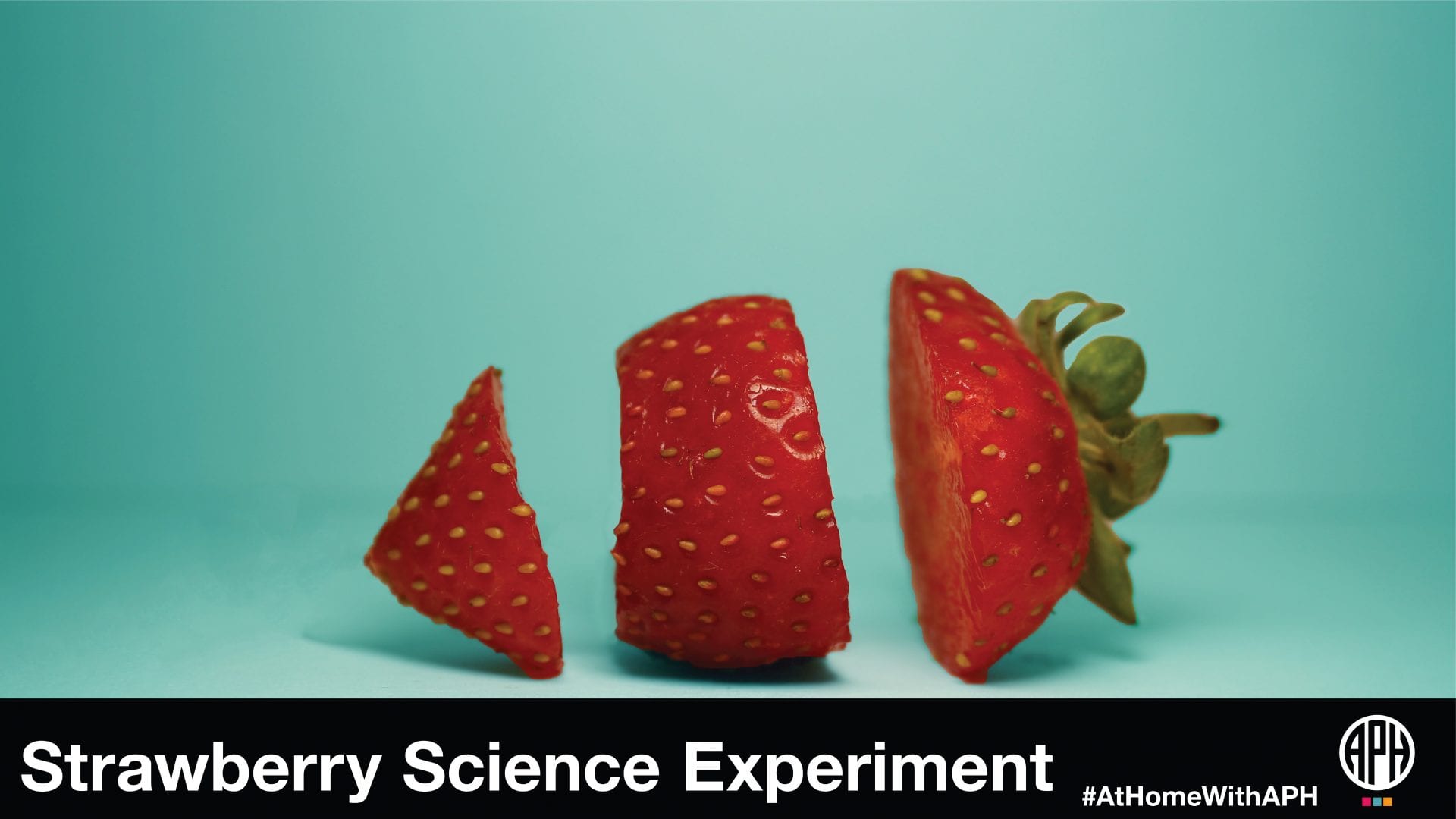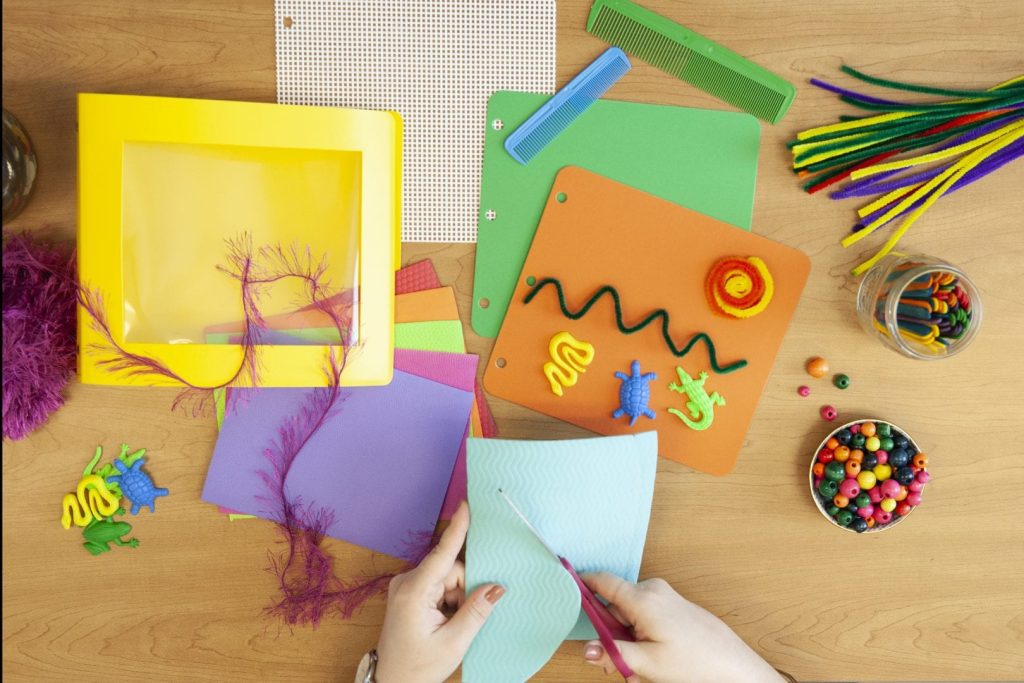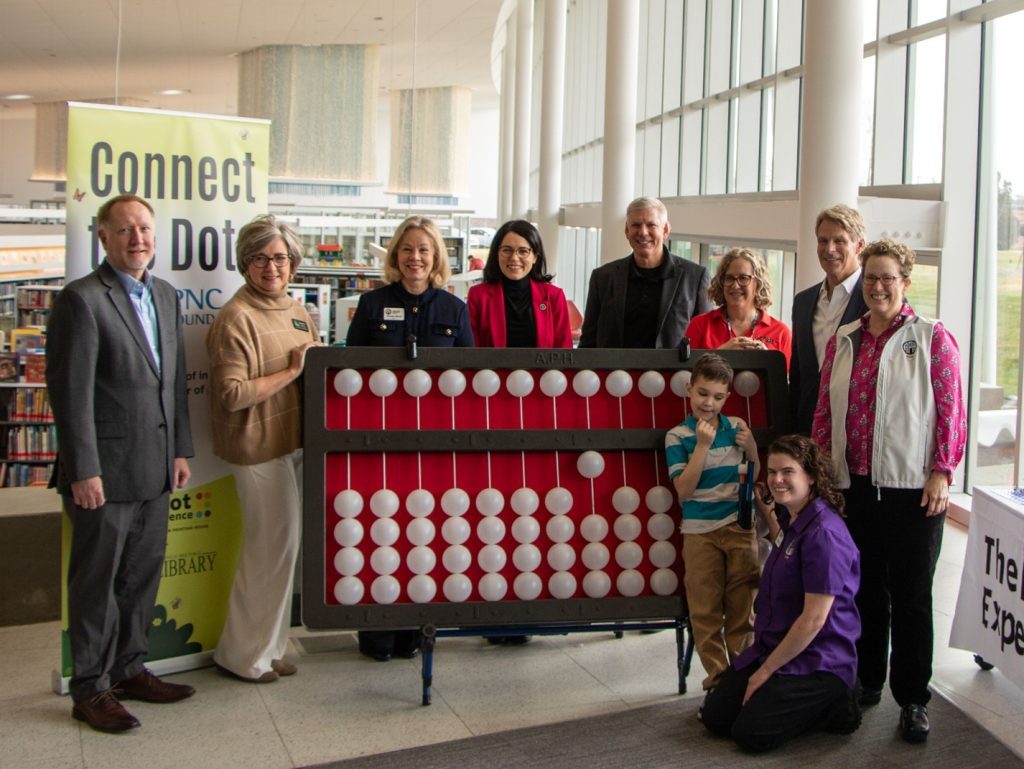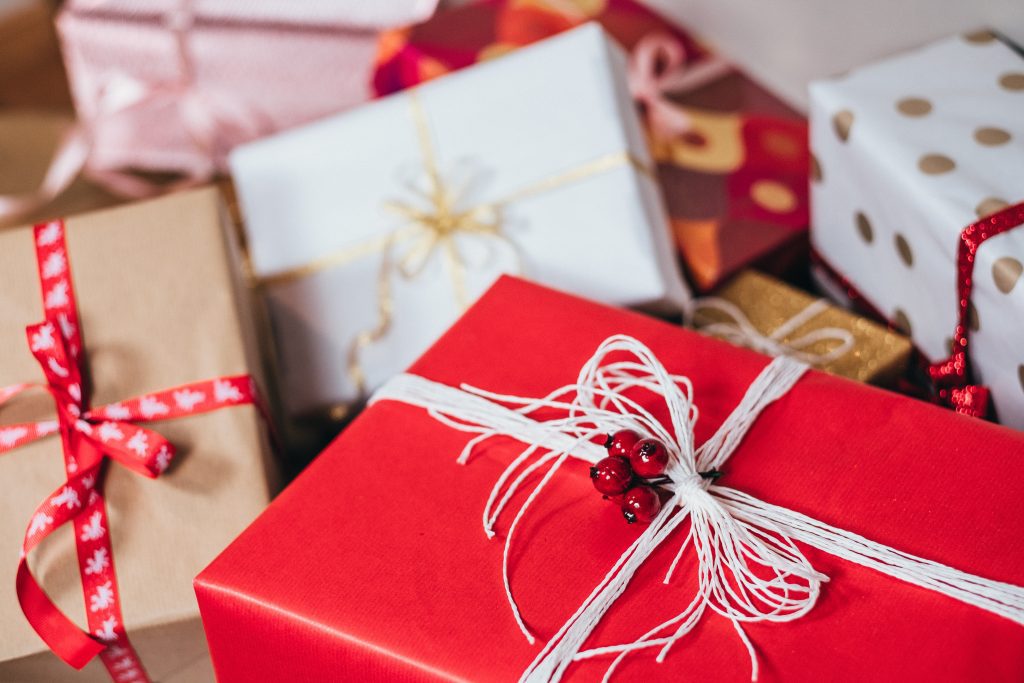Strawberry Science: A DNA Experiment

Appropriate for middle and high school students. Parent/teacher supervision is required.
As many of you know, DNA is the substance in cells that codes for the structure and function of all living things. On April 25th in 1953, the double helix structure of this molecule was revealed to the world in an article published in the journal Science. This day also commemorates the completion of the human genome project fifty years later in April of 2003.
Strawberry Experiment
What does this have to do with strawberries? You can isolate DNA easily from just two of these berries in your home! Here is what you will need:
- 2 strawberries, fresh or frozen (defrost if frozen)
- 1 resealable plastic bag
- ½ cup water
- 2 teaspoons dish detergent
- 1/2 teaspoon salt
- 2 plastic cups or containers
- 1 paper coffee filter (the pleated basket style is best)
- ½ cup cold rubbing alcohol (grain alcohol e.g. Everclear can also be used with strict parental supervision)
- 1 popsicle stick or coffee stirrer
Instructions
- Remove and discard any green stem parts from the strawberries, place the remaining fruit into the plastic bag, and seal it omitting most of the air.
- Crush (smush!) the strawberries gently with your fingers without unsealing the bag; this starts the release of the DNA from the berries.
- In one plastic cup mix together the water, dish detergent, and salt to make the extraction or lysis solution (lysis means to break down chemically).
- Add the extraction solution to the bag with smashed strawberries and seal it. Gently mix the contents of the bag without making bubbles. The extraction solution continues the breakdown process releasing the DNA from the strawberry cells. Mix for about 1 minute.
- Put the coffee filter in the second plastic cup.
- Pour about half the mixture from the bag into the filter and gather the edges of the filter to make a small sac. Gently squeeze the gathered part of the filter, making sure not to tear it. When all the strawberry liquid (filtrate) has been squeezed out, discard the filter and strawberry bits. Measure or approximate the volume of the filtrate.
- Pour an equal amount of alcohol into the plastic cup with the strawberry liquid filtrate. The mixture will separate into two layers: a lower pink layer and an upper cloudy layer which contains the DNA.
- Dip the popsicle stick into the mixture, pull up the top layer and place it in your hand – it will feel slimy! This is the strawberry DNA.
- Preserve your strawberry DNA in a separate plastic bag or other container in the refrigerator.
You can watch a video of the experiment here!
Other DNA activities:
- Study the double helix structure of DNA with the APH model DNA Twist, which comes with an Information booklet (catalog # 1-08978-00).
- Watch this video for information about DNA and its function!
For more resources please check out our #AtHomeWithAPH resource list for free and accessible activities, tips, webinars, and more from APH, our partners, and the field at large. Have a free and accessible resource you would like us to include? Email us at communications@aph.org to tell us about it!
Share this article.
Related articles

Tactile Book Builder Kit: Equipping Educators to Meet a Multitude of Needs
At APH, we strive to create products that assist both teachers and students with unique learning needs. The Tactile Book...

Connect the Dots
We are excited to announce our new family-based education series: Connect the Dots, powered by the PNC Foundation! Thanks to...

Holiday Traditions for All
The holidays are a great time for fun, family, and food. This time of year also includes many learning and...
